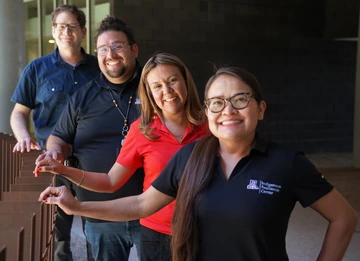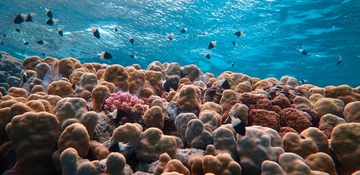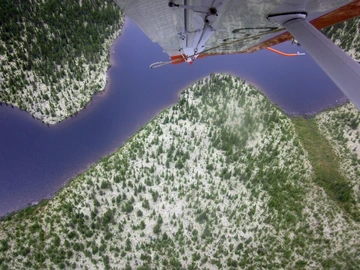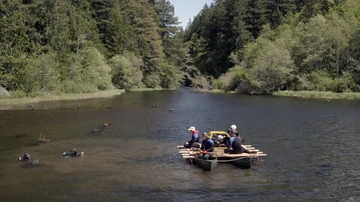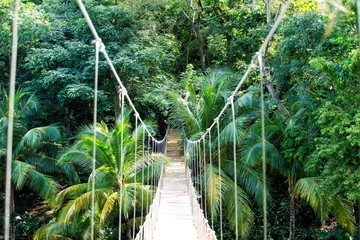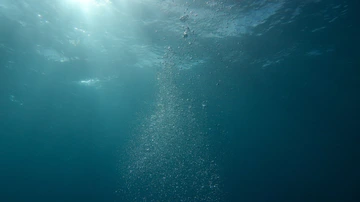2023-2024: A Year of Environmental Milestones
May 6, 2024
Environmental research highlights from across the University of Arizona
Image

From public health to conservation to water resources to business, researchers at the University of Arizona have led significant environmental advancements this school year. Let's take a moment to reflect back on just a few of the impactful environmental strides our UArizona community achieved this year.



